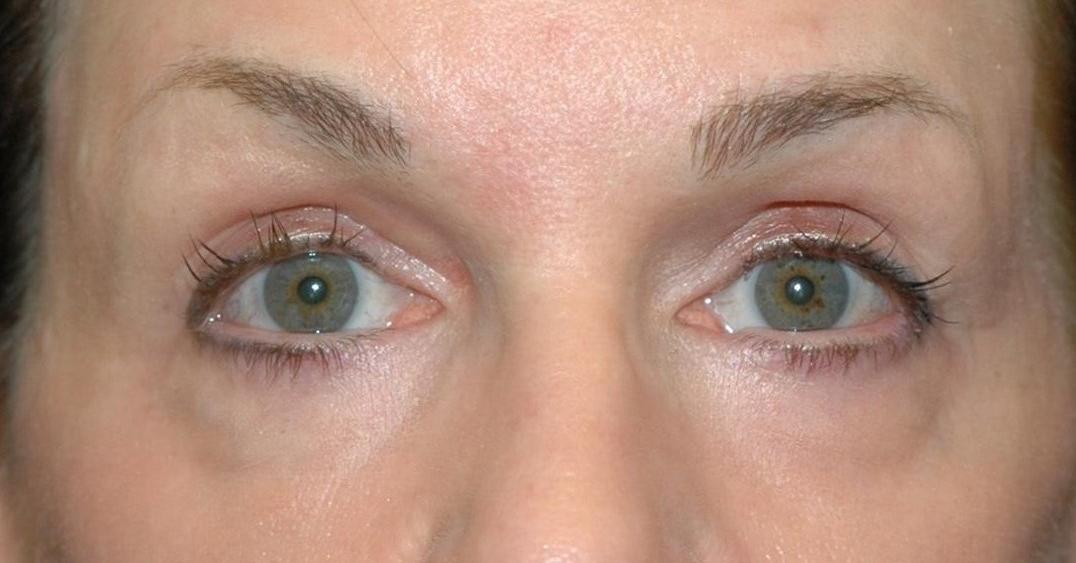Are you curious to know what is lid lag? You have come to the right place as I am going to tell you everything about lid lag in a very simple explanation. Without further discussion let’s begin to know what is lid lag?
In the realm of ophthalmology, various eye conditions affect vision and ocular health. One such condition that impacts the movement and position of the eyelids is known as “Lid Lag.” Lid lag is a phenomenon observed during eye examinations, serving as an indicator of certain underlying conditions affecting the eyes. In this blog post, we’ll delve into the essence of lid lag, its characteristics, potential causes, and implications in the field of eye health.
What Is Lid Lag?
Lid lag refers to a situation where the upper eyelid exhibits delayed movement compared to the eye’s downward movement during specific eye examinations. When a person looks downward, the upper eyelid normally follows the eye smoothly and proportionally. However, in cases of lid lag, there is a noticeable delay or hesitation in the upward movement of the eyelid, leading to a gap or lag between the eye movement and eyelid response.
Characteristics And Examination:
During an eye examination, particularly when the examiner instructs the patient to look downward and then back up, lid lag becomes apparent. The delay in the upper eyelid’s movement is observed as it fails to keep pace with the eye’s upward movement. This lag might be subtle or pronounced, depending on the severity of the condition.
Potential Causes:
- Thyroid Eye Disease (TED): Lid lag is commonly associated with thyroid-related eye conditions, such as Graves’ disease. In TED, inflammation and tissue expansion behind the eyes can lead to lid lag due to the altered positioning of the eye within the socket.
- Nervous System Disorders: Certain neurological conditions, such as myasthenia gravis or cranial nerve palsies, can affect the control and coordination of eye movements, leading to lid lag as a symptom.
- Trauma or Injury: Injuries to the eye, eyelid, or surrounding structures can disrupt normal eye movements and cause lid lag, especially if nerve function or muscle integrity is affected.
To Find Out About Such Things Follow On AndActivate.
Implications In Eye Health:
Lid lag serves as a clinical sign that prompts further investigation into potential underlying health issues, especially those related to thyroid function, nervous system disorders, or ocular trauma. Identifying lid lag during an eye examination allows ophthalmologists to assess and diagnose the underlying condition, enabling timely intervention and appropriate treatment.
Conclusion:
Lid lag, characterized by the delayed upward movement of the upper eyelid during eye examinations, serves as an important clinical indicator in ophthalmology. Its presence can signal underlying health conditions affecting the eyes, thyroid gland, or nervous system. Through careful observation and assessment, eye care professionals can use lid lag as a valuable clue in diagnosing and managing various eye and systemic health issues, ensuring optimal ocular health and well-being for their patients.
FAQ
What Is Meant By Lid Lag?
Lid lag is a static condition in which the upper eyelid is higher than normal while the eye is in downgaze. 7. Lid lag can be measured by comparing the upper eyelid position in downgaze to its position in primary gaze relative to a fixed point like the pupil.
What Is Difference Between Lid Retraction And Lid Lag?
Retraction is often accompanied by lid lag (von Graefe’s sign), in which the upper eyelid fails or is slow to follow the eye in downgaze (Fig. 14.15B). In thyroid-associated ophthalmopathy, the etiology of lid lag is likely related to the causes of the lid retraction. The lower lid is also frequently retracted.
How Do You Do Lid Lag?
To elicit this sign the patient should be asked to fix on the examiner’s finger, held at least a metre from the patient, and not move their head. The examiner then moves the finger slowly upwards and downwards, observing the movement of the patient’s eyes and eyelids.
What Is Lag In Ophthalmology?
Purpose: Pterygium excision with conjunctival limbal autograft (CLAG) has been used successfully for prevention of pterygium recurrence.
I Have Covered All The Following Queries And Topics In The Above Article
What Is Lid Lag?
Lid Lag What Is It
What Is Lid Lag In Hyperthyroidism
Lid Lag Vs Lid Retraction
Lid Lag Sign
Lid Lag Hyperthyroidism
Lid Lag Treatment
Lid Retraction Vs Exophthalmos
Lid Lag Test
Lid Lag Causes
Lid Lag Thyroid
What Is Lid Lag
